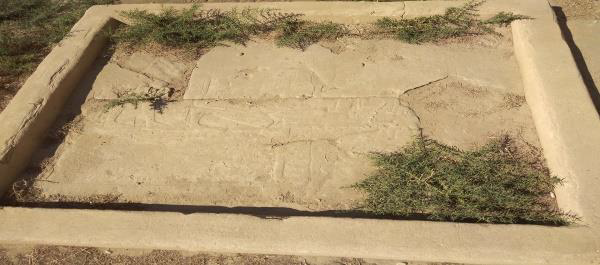by Lingle, A., Cooke, L., Daniali, L., Dobbs, M. and Smith, D.
ABSTRACT
This paper delves into the realm of sustainable approaches to preserving the rich built heritage of York, United Kingdom. York has retained a remarkable legacy of historic buildings, understanding how these buildings continue to adapt through time is essential for successfully managing their change into the future. Our re-search endeavours to fuse social context with material data, crafting holistic methodologies that honour the past while catering to the needs of present and future generations. In alignment with the ethos of sustainable conservation, our project champions minimal intervention practices, echoing the sentiment that “the greenest building is one that is already built” (Elefante, 2007). Through this work, decision-making strategies for these exceptional structures can be embedded with resilience, serve the needs of people today and in the future, and respect the original intentions of their creators. Focusing on a unique structure nestled in York’s city centre, our case study showcases a collaborative effort between the York Conservation Trust and the University of York Department of Archaeology. Following work to restore the exterior lime rendering, environmental data loggers were placed throughout the building for approximately one year of data collection before further de-cisions on building adaptations were considered. The opportunity of having a minimally disturbed data set from in this context was a unique and exciting opportunity. By correlating environmental data with structural assessments and historical research, stakeholders can make informed decisions regarding adaptive reuse, res-toration techniques, and ongoing maintenance protocols. This evidence-driven approach enhances the efficacy and sustainability of conservation interventions, fostering a harmonious coexistence between the built envi-ronment and its natural surroundings. Our findings illuminate a path forward, showcasing the viability of a minimally interventive approach to preservation.
![]()


